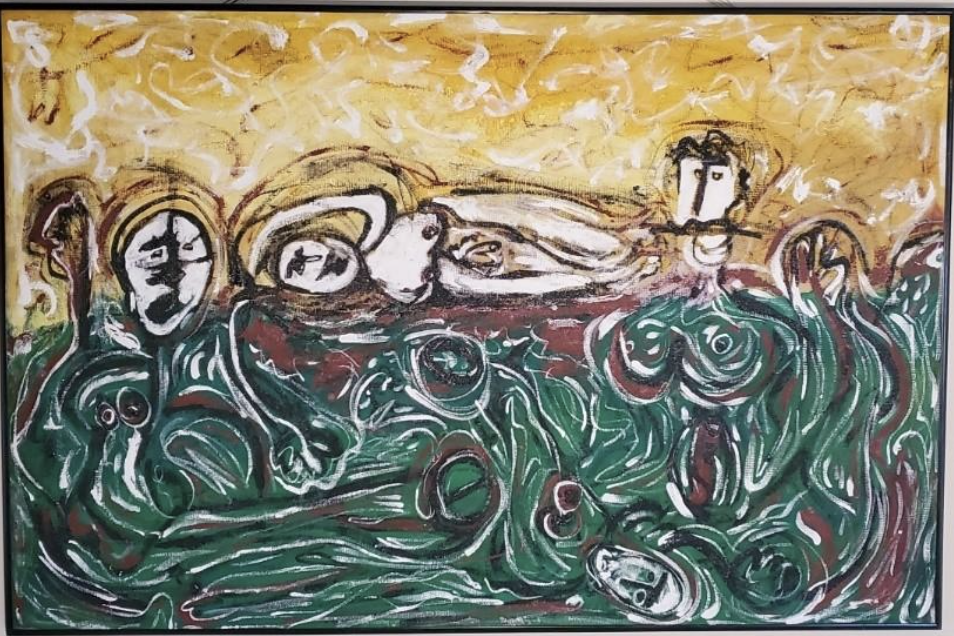Peter Bohler, Swiss-American
Sarah Meenahan of Rainbow Camp, 2017
This photo is part of a series for the New York Times titled “Inmate Wildfire Fighters” in which Bohler showcases the female inmates tackling California’s wildfires. Inmate firefighters elect to do this work, and get to live in a much nicer facility, but are still only paid $2 to $5 an hour to put their health and frequently their life on the line, with as little as three weeks of training (compared to the three years that civilian firefighters receive). Plus, it is nearly impossible for released inmates to then get a related job since LA County fire does not hire felons. Bohler’s photo series highlights a sort of power and even majesty that these women hold, while additionally raising some interesting questions; for instance, director of the A.C.L.U. National Prison Project David Fathi, speaking to Times journalist Jamie Lowe posits, “if these people are safe to be out and about carrying axes and chainsaws, maybe they didn’t need to be in prison in the first place.” Inmates, who make up a significant portion of California’s firefighting force, are paying both financially and with their health for the effects of climate change in California. Label by Laura Reitze




